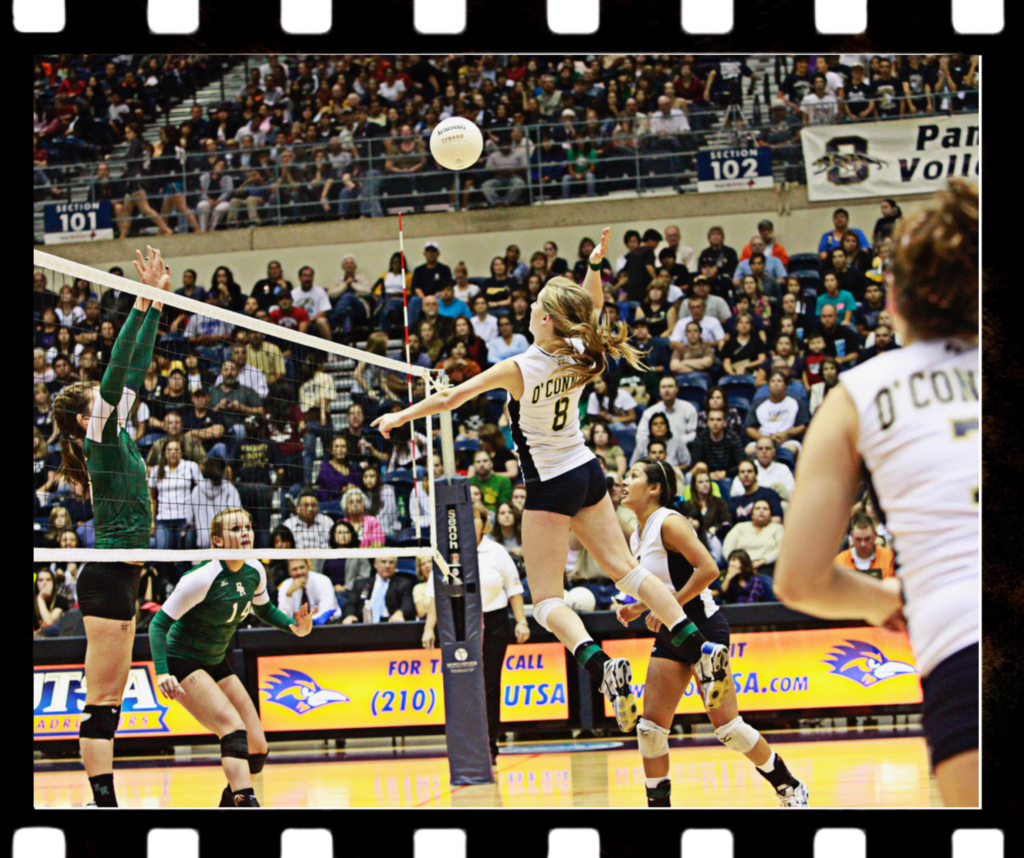The 5 Basic Camera Settings To Conquer Beginning Sports Photography
The 5 Basic Camera Settings To Conquer Beginning Sports Photography. I’ve been a sports photographer for over 12 years. From sidelines to bleachers to an open field, I’ve shot in sun, rain, and wind. I’ve seen it all and captured it all, and I love helping parents create great memories and keepsakes.
A Grandparent’s Guide To Taking Spectacular Photos At Sporting Events
The Gear
In order to capture great action shots of your athlete, you will need a DSLR camera, not your iPhone. I’ve owned many Canon cameras over the span of my sports photography career and settled on a basic Canon camera kit (but Nikon, Fuji, or Sony all work well, too. The brand does not matter) to teach parents. I use the Canon R-50. It’s moderately priced and comes with two basic lenses. It’s also fully capable of being upgraded to a telephoto lens when you’re ready for the leap from beginner status to intermediate.
Using Your New Camera
It took me years to fully utilize all the bells and whistles that come with a DSLR camera, but I’m going to share with you the cheat sheet!Here are the 5 basic settings that we’ll be going over today (technical definition first, and then simple terms). Familiarize yourself with these 5 settings, and I guarantee you’ll feel better about all those dials and buttons on your DSLR camera faster than you can say, “cheese.”
1) Shutter Speed
Technical Definition: How quickly the camera’s shutter opens and closes.
Simple Explanation: This setting is like the blink of your eye. It adjusts how fast your camera takes a picture. Faster shutter speeds (1/500 and higher) freeze motion, while slower speeds (1/60 or lower) are for objects that are not moving (a soccer player along the sideline)
2) Aperture
Technical Definition: The size of the opening in the lens that lets light into the camera.
Simple Explanation: This setting controls how much light enters the camera. A lower f-number (f/2.8) means a wider aperture, allowing more light into the picture (needed for night games).
3) Iso
Technical Definition: Sensitivity of the camera sensor to light.
Simple Explanation: Higher ISO settings (1600 and higher) are useful in low-light situations.
4) Continuous Shooting Mode
Technical definition: allows the camera to take multiple shots in quick succession with a single press of the shutter button.
Simple Explanation: This setting allows you to capture fast-action shots (like a softball player hitting a home run) simply by holding down the shutter button.
Technical Definition: Determines how the camera focuses on a subject.
Simple Definition: When you use this setting, your camera is able to adjust the focus to maintain full focus on a moving athlete.
These are a few of the basic settings you should familiarize yourself with to capture better action images of your athlete. Understanding and mastering these basic camera settings can significantly improve your sports photography from the stands.
